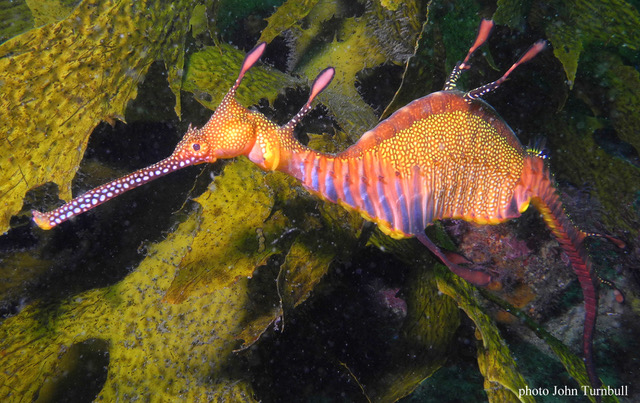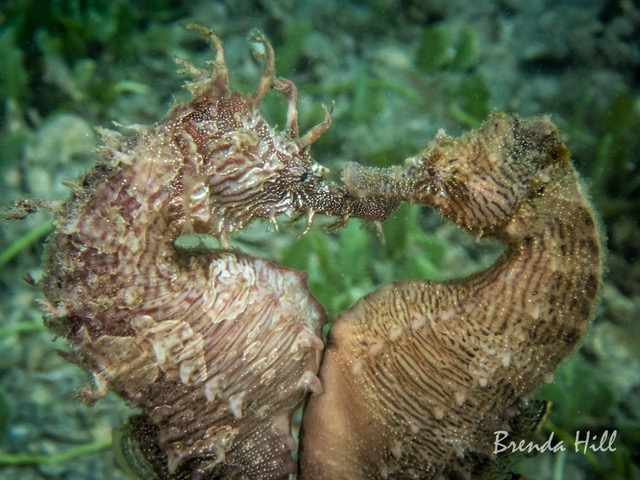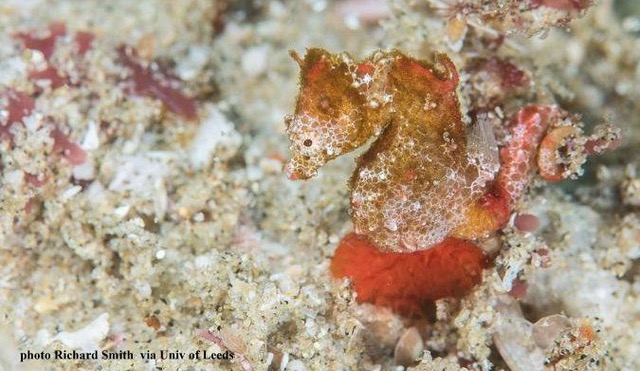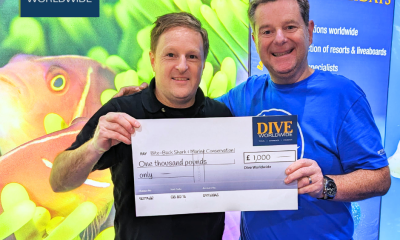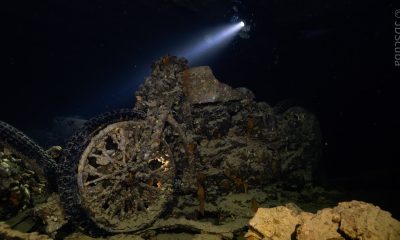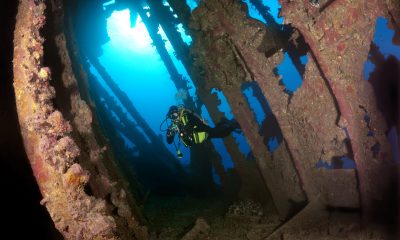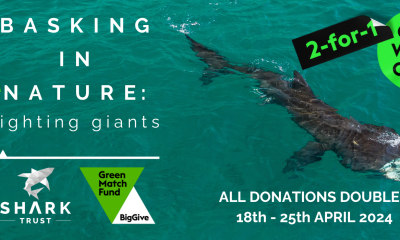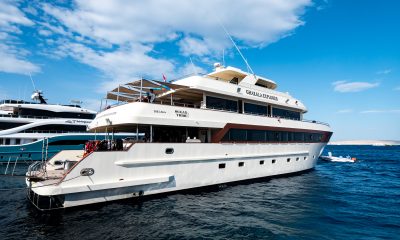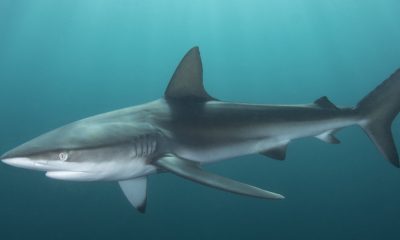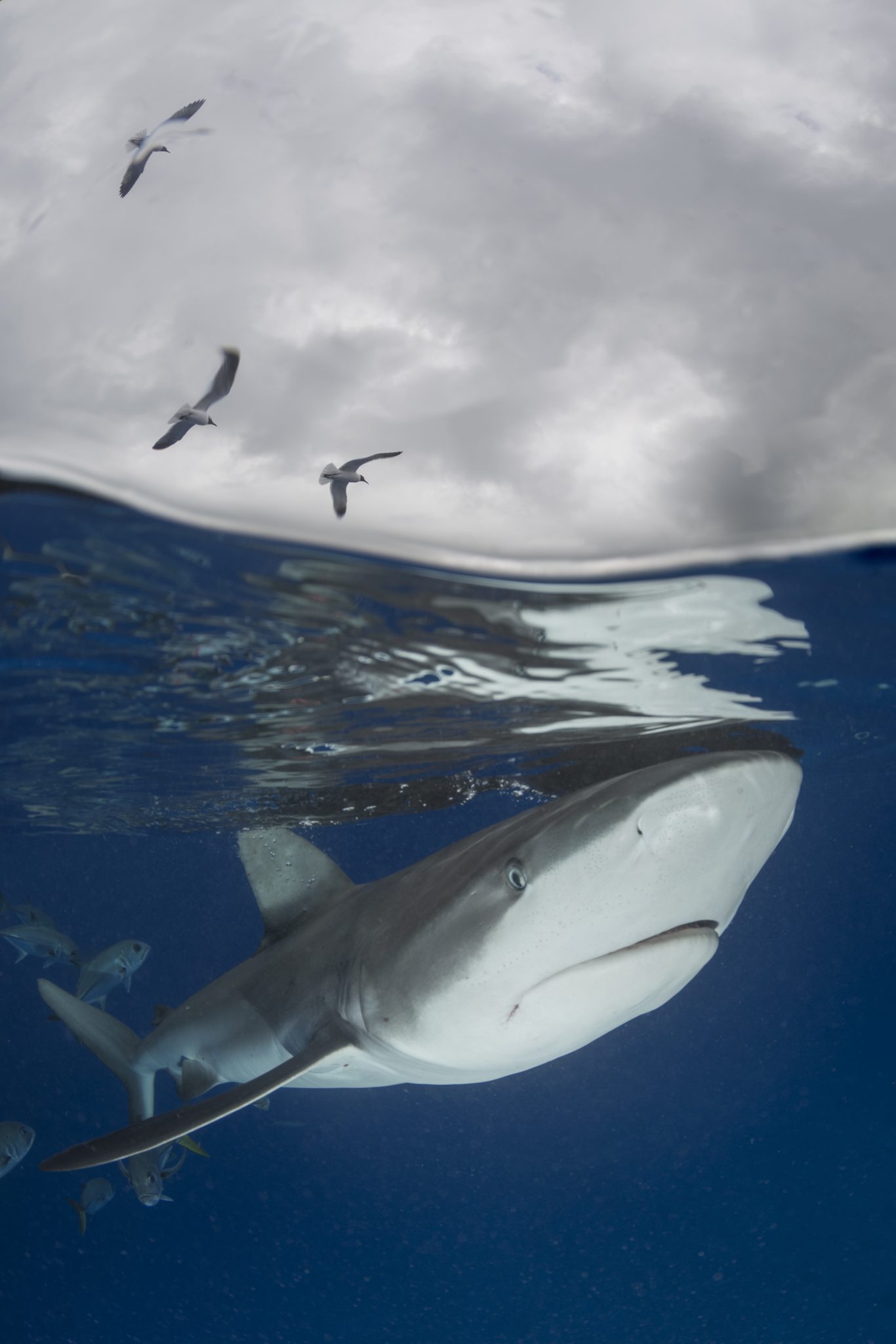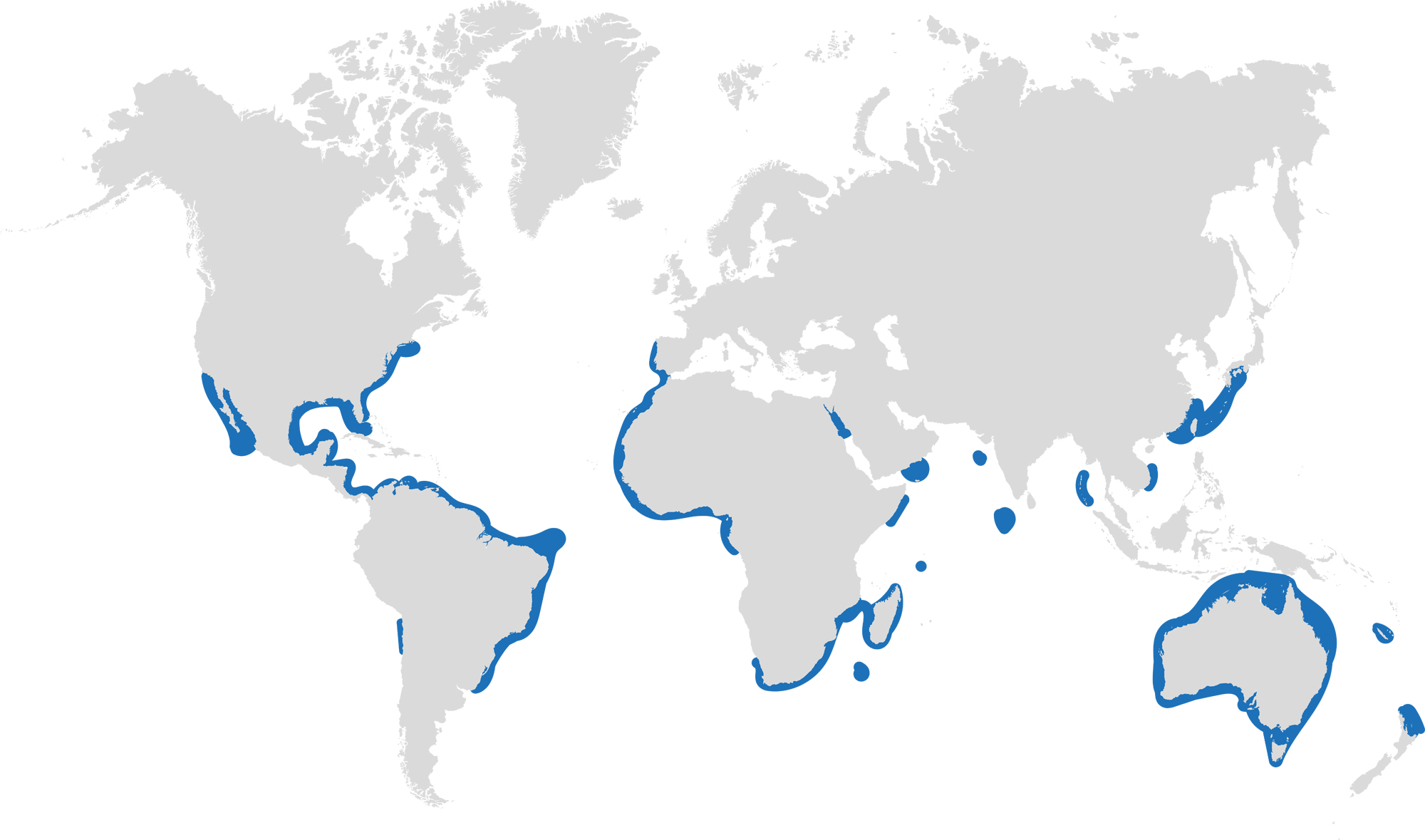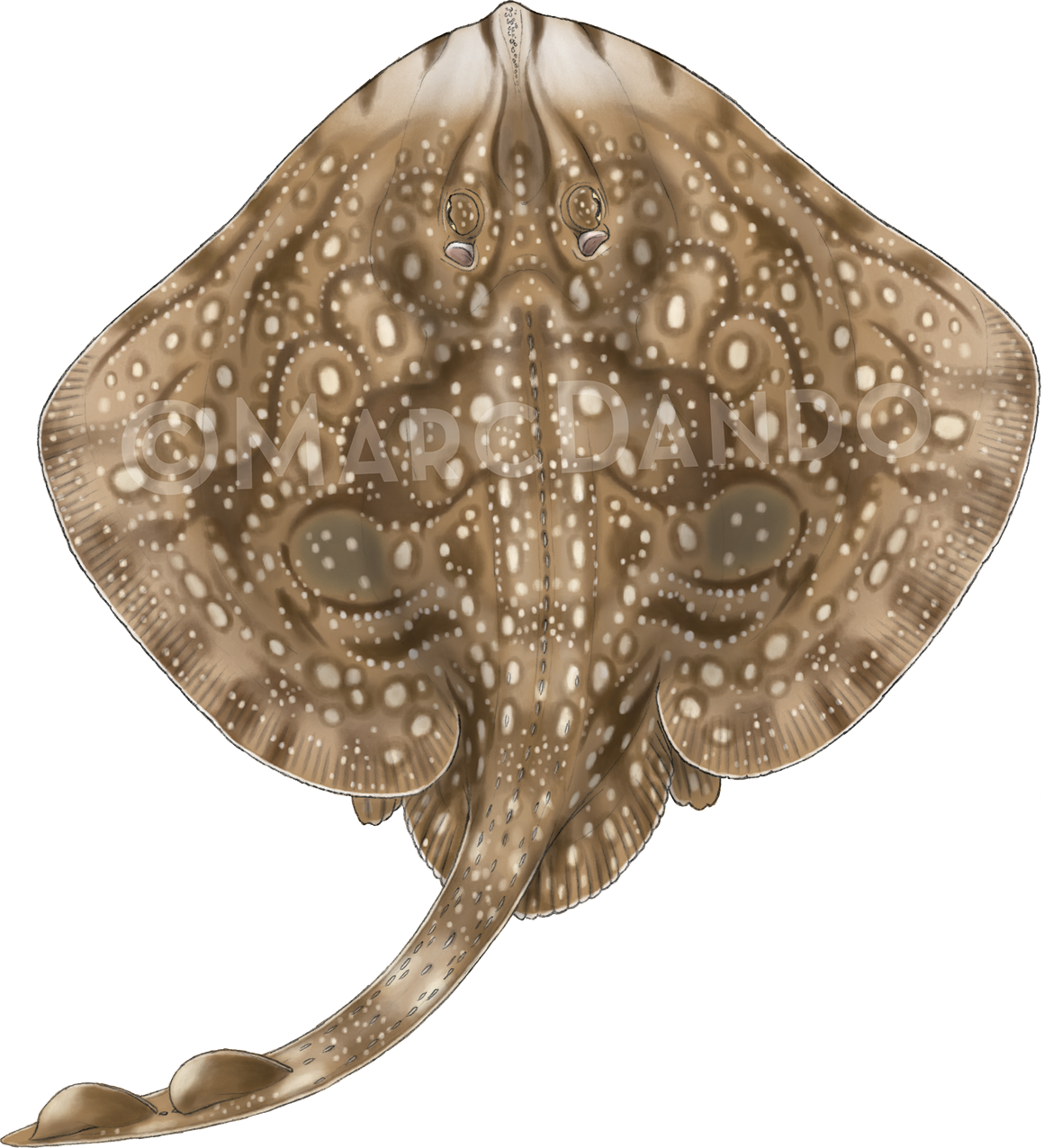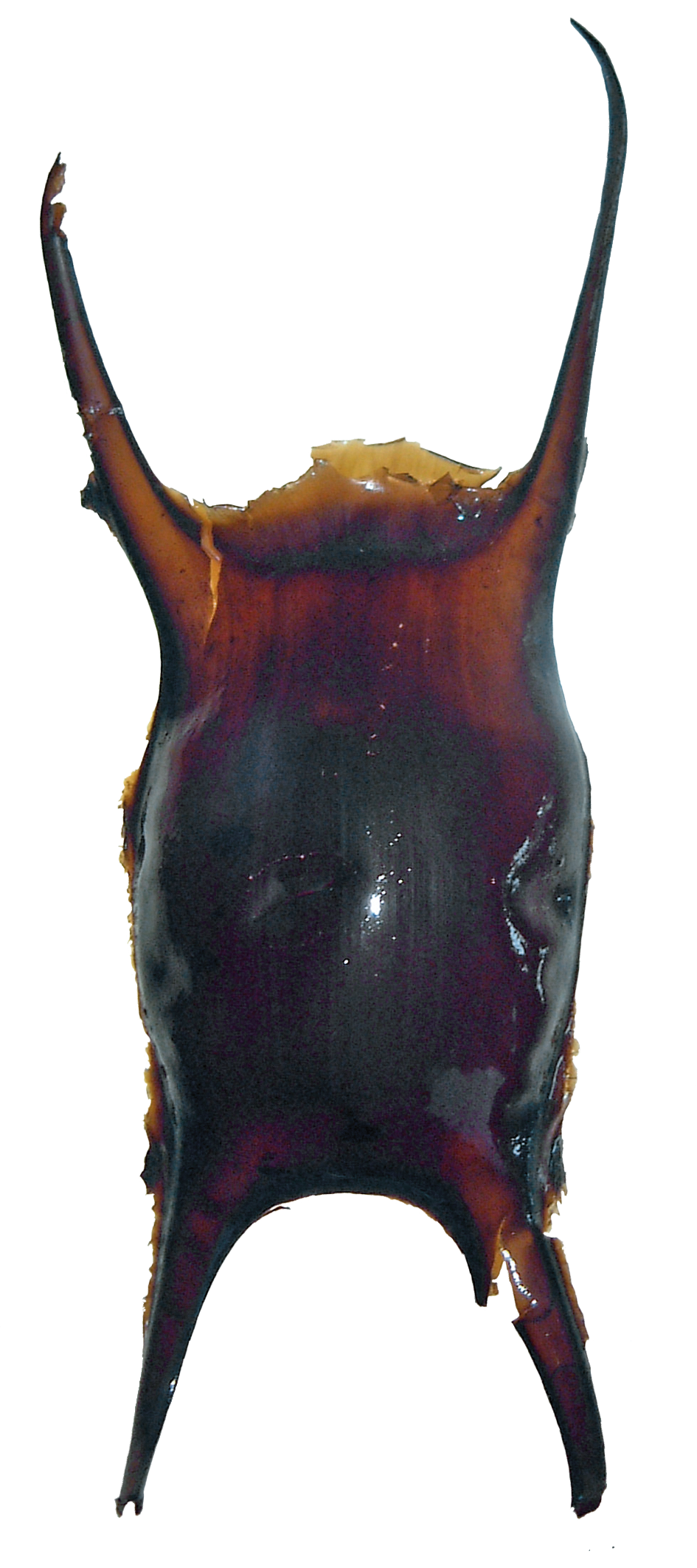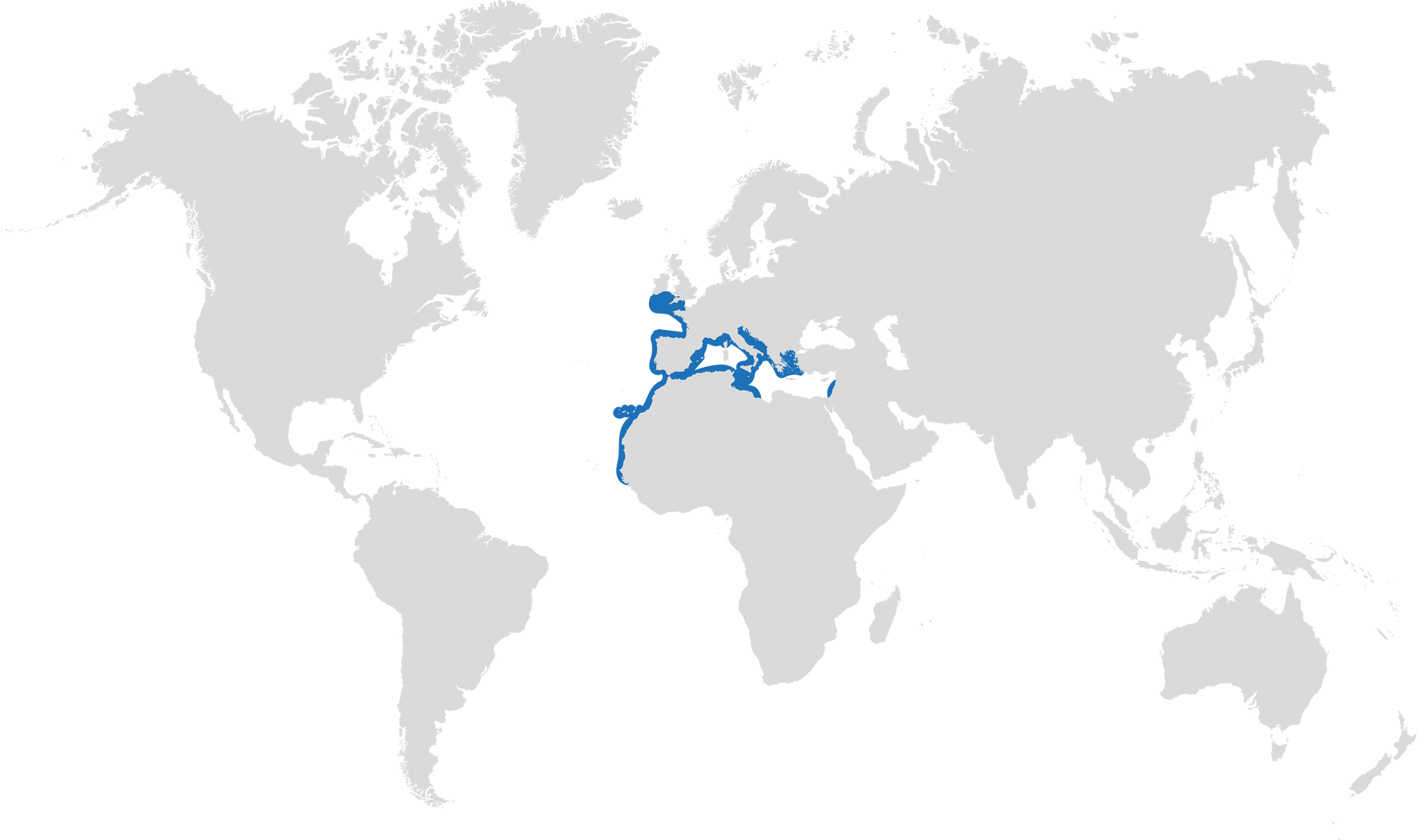Marine Life & Conservation Blogs
Dragons of the sea

Guest Blog by Staci-lee Sherwood
The most fascinating and unique characteristic of the Syngnathidae family is how it’s the male that gives birth. This fish family includes Seahorses, Pipefish and Seadragon. Having a head like a horse, Seahorses and Seadragons stand out as a fish species in the marine world. They are true rock stars of the ocean and a favorite among photographers. Their tiny size and elusiveness just add to their appeal.
Seadragons
Lesser known than their more famous cousins they are stars in their own right. These tiny dragons of the sea are larger in size with more color and intriguing patterns. Found only in southern Australian waters makes them rare. There are three recognized species, the Weedy, Leafy and newly described Ruby seadragon.
Elusive species are more alluring to scientists because of the chance to be the first to discover something new. Not much is known about their lives and researchers hope to shed light on these rainbow colored fish. Their diet consists of tiny mysid shrimp and other zooplankton. After mating the female deposits up to 300 eggs into the male’s brood patch who then fertilizes and carries them till birth. Despite their being much larger than Seahorses, which range in size from 1 – 6 inches, they produce about 1/3 of the eggs. Seadragons range in size from 13 – 18 inches
In 2006 the IUCN listed them as Near Threatened on the Red List. A lot has changed since then. As the Seahorse population continues to decline China might look more toward the Seadragon to fill the void.
Seahorses
One fascinating fact about this family of fish they lack teeth or stomachs. Instead they suck up food through their snout. Lacking a stomach means food goes in and out rather quickly. Seahorses will mate for life. During the courtship dance they curl their tails and change color. Following the mating ritual it’s the female that deposits up to 1,000 eggs in the male’s pouch. A handy survival skill, like the chameleon, they can change color to blend into their surroundings.
Diminutive in size they capture the imagination of young and old alike but are in serious danger of going extinct. Illegal harvesting by China for traditional medicine, used as decoration in key chains and pendants and polluted water have taken their toll. Without global bans on their exploitation and fierce enforcement the world could lose these horse looking fish. There are over 40 recognized species globally.
Florida
Many Floridians don’t know we have three species of seahorses, the Dwarf, Lined and Long Snouted. These are all listed as either Vulnerable or Threatened in US waters. One of the biggest threats in Florida is the heavily polluted water they live in. Seahorses live in shallow tropical waters where their habitat is coral reefs, seagrass beds and mangroves. Unfortunately in Florida the water quality is so poor most of the seagrass is dead while the bleaching of coral reefs has caused their decline. A bleak future awaits this species.
Globally all species are being pulled from the ocean so Florida populations are at risk of extinction. A favorite among divers, some local populations have fan clubs where divers will make special trips hoping to see them.
Australia
The White’s Seahorse, also known as the Sydney Seahorse, has a population decline over 90%. In 2018 they became the second seahorse species in the world to be listed on the IUCN Red List Status as endangered. Alarmed scientists took this opportunity to try to save them in a unique way. Research showed this species uses artificial reefs if natural ones are absent. David Harasti, Senior Research Scientist at Port Stephens Fisheries Institute, created the ‘Seahorse Hotels’ out of metal cages. Once placed underwater they soon attract a variety of marine life like Coral and Sponges. In a matter of weeks they’re covered and start attracting endangered Seahorses.
I spoke with Dr. Harasti about the use of these hotels for other species, especially those found in other parts of the world. Regarding their use Harasti said “the use of hotels may only be suitable for particular seahorse species. We know that they work really well for those species that like artificial habitats such as the White’s seahorse and Pot-belly seahorse in Australia and the Short-head seahorse found in Europe.”
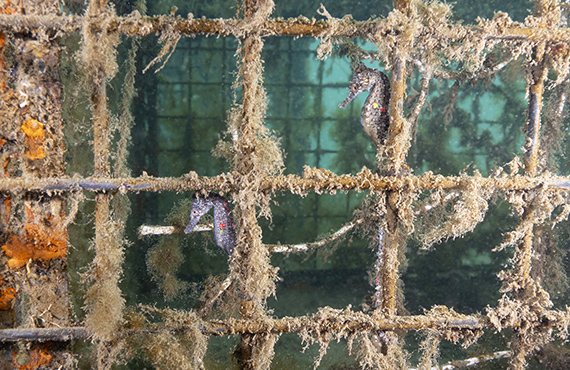
Two tagged juvenile White’s Seahorses living in a hotel 4 months after deployment (Photo: D. Harasti)
Captive bred juvenile seahorses are released into hotels hoping they will breed and help recover their population. Surveys show adult seahorses have also taken to them. The project has only been around a few years so it’s too early to tell if the population will rebound. Illegal harvesting worldwide must stop and laws must be enforced. With such a steep decline of a species that gets little attention we need real conservation on a global scale now. Click here to learn more about these hotels and watch some amazing videos https://www.dpi.nsw.gov.au/fishing/species-protection/what-current/endangered-species2/whites-seahorse
South Africa
In 2017 a photograph taken off the eastern coast of South Africa in Sodwana Bay by Savannah Nalu Olivier showed a new species barely the size of a fingernail. After viewing the photograph, pygmy seahorse expert Richard Smith realized this was a new discovery. This is the first pygmy seahorse discovered in the Indian Ocean. Most pygmy seahorses survive by camouflage among vegetation so what an amazing find to see something so microscopic. To read the 2020 study click here https://zookeys.pensoft.net/article/50924/
Global threats
According to Seahorse Trust the biggest threat to survival is the taking of an estimated 150,000,000 every year, mostly by China, to be used in their traditional medicine. The use of Seahorses for asthma and impotence has no scientific basis and can be fixed with modern medicine. Another 1,000,000 are caught for captivity in personal aquariums. There are no accurate numbers for how many end up used in trinkets but it’s estimated 1,000,000 are lost. At this rate we will push this species toward extinction.
In the past twenty years there has been a global increase in the capture and selling for use in about 80 countries. Varying degrees of threats exist for different species and different regions. Somewhere between 50 -97% decline in their population makes for an urgent call to end their use whether for personal and medical reasons. The world must agree to a ban with enforcement or lose one of its most amazing creatures .
Help save our Seahorses and Seadragons with these do’s and don’ts:
- Don’t buy dried Seahorses, or trinkets that use them
- Don’t buy live Seahorses for aquariums
- Do use modern medicine which is effective and safe instead of Traditional Chinese Medicine
- Never pollute the water
- Support conservation efforts
- Spread the message
To learn how to help Seahorses https://www.theseahorsetrust.org/
To help conservation in Australia https://www.visitsealife.com/sydney/conservation/
Header Image: Tony Brown
Marine Life & Conservation Blogs
Creature Feature: Dusky Shark

 In this series, the Shark Trust will be sharing amazing facts about different species of sharks and what you can do to help protect them.
In this series, the Shark Trust will be sharing amazing facts about different species of sharks and what you can do to help protect them.
This month we’re taking a look at the Dusky Shark, a highly migratory species with a particularly slow growth rate and late age at maturity.
Dusky sharks are one of the largest species within the Carcharhinus genus, generally measuring 3 metres total length but able to reach up to 4.2 metres. They are grey to grey-brown on their dorsal side and their fins usually have dusky margins, with the darkest tips on the caudal fin.
Dusky Sharks can often be confused with other species of the Carcharhinus genus, particularly the Galapagos Shark (Carcharhinus galapagensis). They have very similar external morphology, so it can be easier to ID to species level by taking location into account as the two species occupy very different ecological niches – Galapagos Sharks prefer offshore seamounts and islets, whilst duskies prefer continental margins.
Hybridisation:
A 2019 study found that Dusky Sharks are hybridising with Galapagos Sharks on the Eastern Tropical Pacific (Pazmiño et al., 2019). Hybridisation is when an animal breeds with an individual of another species to produce offspring (a hybrid). Hybrids are often infertile, but this study found that the hybrids were able to produce second generation hybrids!
Long distance swimmers:
Dusky sharks are highly mobile species, undertaking long migrations to stay in warm waters throughout the winter. In the Northern Hemisphere, they head towards the poles in the summer and return southwards towards the equator in winter. The longest distance recorded was 2000 nautical miles!
Very slow to mature and reproduce:
The Dusky Shark are both targeted and caught as bycatch globally. We already know that elasmobranchs are inherently slow reproducers which means that they are heavily impacted by overfishing; it takes them so long to recover that they cannot keep up with the rate at which they are being fished. Dusky Sharks are particularly slow to reproduce – females are only ready to start breeding at roughly 20 years old, their gestation periods can last up to 22 months, and they only give birth every two to three years. This makes duskies one of the most vulnerable of all shark species.
The Dusky Shark is now listed on Appendix II of the Convention on the Conservation of Migratory Species (CMS), but further action is required to protect this important species.
Scientific Name: Carcharhinus obscurus
Family: Carcharhinidae
Maximum Size: 420cm (Total Length)
Diet: Bony fishes, cephalopods, can also eat crustaceans, and small sharks, skates and rays
Distribution: Patchy distribution in tropical and warm temperate seas; Atlantic, Indo-Pacific and Mediterranean.
Habitat: Ranges from inshore waters out to the edge of the continental shelf.
Conservation status: Endangered.
For more great shark information and conservation visit the Shark Trust Website
Images: Andy Murch
Diana A. Pazmiño, Lynne van Herderden, Colin A. Simpfendorfer, Claudia Junge, Stephen C. Donnellan, E. Mauricio Hoyos-Padilla, Clinton A.J. Duffy, Charlie Huveneers, Bronwyn M. Gillanders, Paul A. Butcher, Gregory E. Maes. (2019). Introgressive hybridisation between two widespread sharks in the east Pacific region, Molecular Phylogenetics and Evolution 136(119-127), https://doi.org/10.1016/j.ympev.2019.04.013.
Marine Life & Conservation Blogs
Creature Feature: Undulate Ray
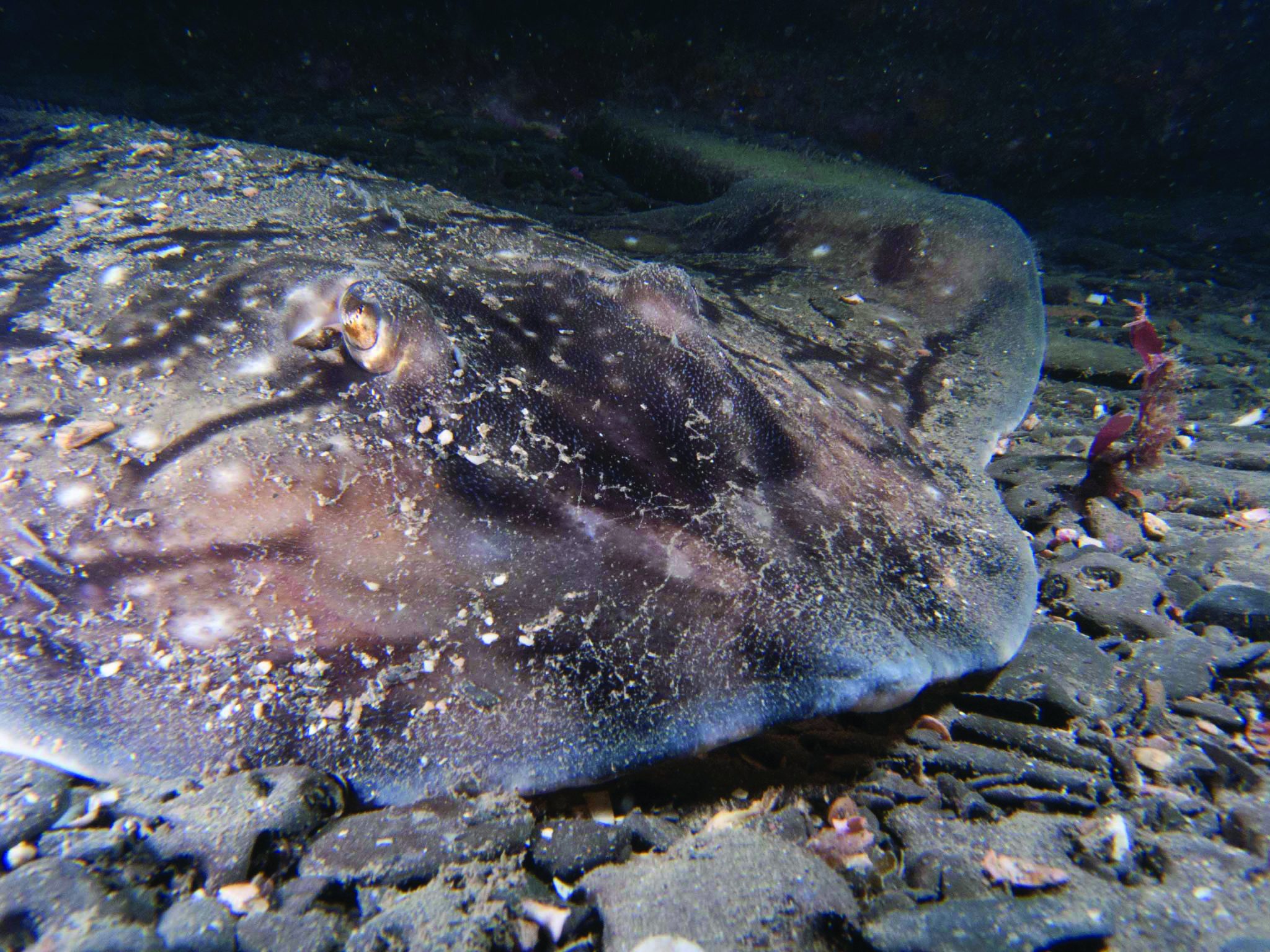
 In this series, the Shark Trust will be sharing amazing facts about different species of sharks and what you can do to help protect them.
In this series, the Shark Trust will be sharing amazing facts about different species of sharks and what you can do to help protect them.
This month we’re looking at the Undulate Ray. Easily identified by its beautiful, ornate pattern, the Undulate Ray gets its name from the undulating patterns of lines and spots on its dorsal side.
This skate is usually found on sandy or muddy sea floors, down to about 200 m deep, although it is more commonly found shallower. They can grow up to 90 cm total length. Depending on the size of the individual, their diet can range from shrimps to crabs.
Although sometimes called the Undulate Ray, this is actually a species of skate, meaning that, as all true skates do, they lay eggs. The eggs are contained in keratin eggcases – the same material that our hair and nails are made up of! These eggcases are also commonly called mermaid’s purses and can be found washed up on beaches all around the UK. If you find one, be sure to take a picture and upload your find to the Great Eggcase Hunt – the Shark Trust’s flagship citizen science project.
It is worth noting that on the south coasts, these eggcases can be confused with those of the Spotted Ray, especially as they look very similar and the ranges overlap, so we sometimes informally refer to them as ‘Spundulates’.
Scientific Name: Raja undulata
Family: Rajidae
Maximum Size: 90cm (total length)
Diet: shrimps and crabs
Distribution: found around the eastern Atlantic and in the Mediterranean Sea.
Habitat: shelf waters down to 200m deep.
Conservation Status : As a commercially exploited species, the Undulate Ray is a recovering species in some areas. The good thing is that they have some of the most comprehensive management measures of almost any elasmobranch species, with both minimum and maximum landing sizes as well as a closed season. Additionally, targeting is entirely prohibited in some areas. They are also often caught as bycatch in various fisheries – in some areas they can be landed whilst in others they must be discarded.
IUCN Red List Status: Endangered
For more great shark information and conservation visit the Shark Trust Website
Image Credits: Banner – Sheila Openshaw; Illustration – Marc Dando
-
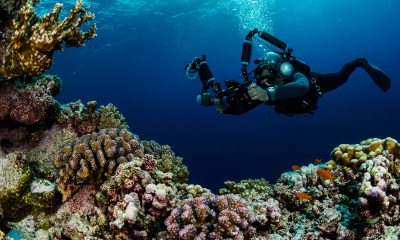
 News3 months ago
News3 months agoHone your underwater photography skills with Alphamarine Photography at Red Sea Diving Safari in March
-
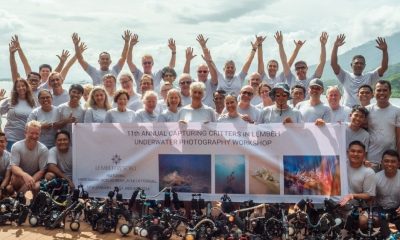
 News3 months ago
News3 months agoCapturing Critters in Lembeh Underwater Photography Workshop 2024: Event Roundup
-
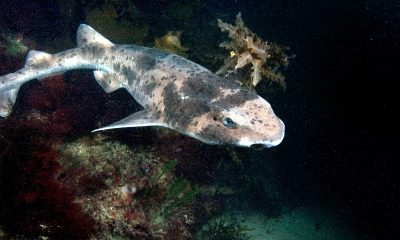
 Marine Life & Conservation Blogs3 months ago
Marine Life & Conservation Blogs3 months agoCreature Feature: Swell Sharks
-

 Blogs2 months ago
Blogs2 months agoMurex Resorts: Passport to Paradise!
-
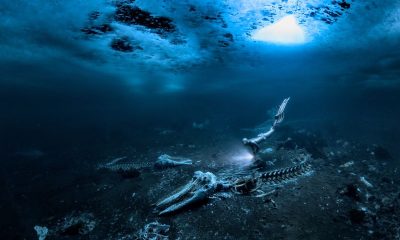
 Blogs2 months ago
Blogs2 months agoDiver Discovering Whale Skeletons Beneath Ice Judged World’s Best Underwater Photograph
-
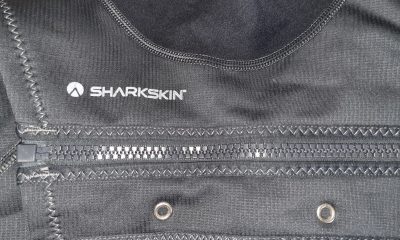
 Gear Reviews2 weeks ago
Gear Reviews2 weeks agoGEAR REVIEW – Revolutionising Diving Comfort: The Sharkskin T2 Chillproof Suit
-
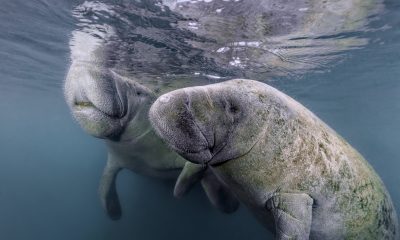
 Marine Life & Conservation2 months ago
Marine Life & Conservation2 months agoSave the Manatee Club launches brand new webcams at Silver Springs State Park, Florida
-

 Gear Reviews3 months ago
Gear Reviews3 months agoGear Review: Oceanic+ Dive Housing for iPhone


